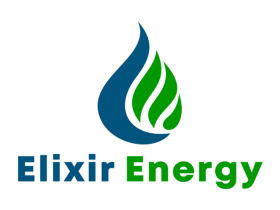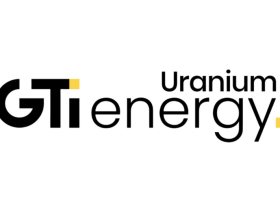Odessa Minerals Limited (ASX:ODE) (“Odessa” or the “Company”) is pleased to announce that it has recently completed a first pass review for the excellent uranium potential on its Lyndon Project, located approximately 200km south of Onslow and 200km northeast of Carnarvon in Western Australia.
Exploration planning underway for on-ground reconnaissance in the coming weeks.
Highlights of historic data* include:
Reported Uranium grades (WAMEX/MINEDEX) up to 3,420ppm U3O8Ten individual uranium occurrences (MINEDEX) on the Lyndon ProjectLyndon Project immediately adjoins Paladin Energy’s Carley Bore Uranium Project, within 1.3km of the 15.6MLbs U3O8 announced resource1Calcrete-hosted uranium mineralisation in carnotite (an oxide of uranium and vanadium and an important ore mineral) present at surface at the Jailor Bore, Baltic Bore and Ben Hur Prospects (Figure 1)Historic surface high-grade uranium rock chip samplesHistoric drilling and pre-JORC mineral resource reported in MINEDEX at the Jailor Bore ProspectExtensive radiometric uranium anomalies largely untested by drillingPaleochannel-hosted roll-front uranium target extends from Paladin Energy’s Carley Bore Project with significant VTEM anomalies at the Relief Well Prospect
*Comment on using historic data
All assay information in this release has been compiled from historic data reported in Geological Survey of Western Australia’s MINEDEX Database, public filing by previous explorers or publicly available mineral exploration reports (the WAMEX archive). In the case of Jailor Bore, a historic mineral resource is presented in MINEDEX, but cannot be reported here as it is non-JORC compliant. Information is considered as historic by nature, and while all care has been taken to review and compile previous reports, ground testing and confirmation works are yet to be completed. Further information is contained in the End note/References section of this report and JORC Table 1.
David Lenigas, Executive Director of Odessa, said:
“With the Uranium Price recently hitting a 15 year high at around $105 a pound, we pushed the button on a review of historic uranium work at Lyndon. The proximity of Lyndon to Paladin Energy’s Carley Bore Project is noted, and we believe our project has strong potential for uranium exploration and discovery. Most of these uranium targets at Lyndon are on granted tenements with heritage agreements and site surveys already in place. This will help to get exploration efforts for uranium going soon and we look forward to following up on this historic work in coming weeks.”
Lyndon Project Uranium Targeting
The Lyndon Project is located on the margin of the Carnarvon Basin and Gascoyne Complex approximately 200km south of Onslow and 200km NE of Carnarvon, in Western Australia. The project consists of over 1,000 square kilometres of exploration licenses and applications. The Company has previously conducted detailed airborne magnetics and radiometrics over a large part of the project area. As well as uranium occurrences, there are several known occurrences of pegmatites for lithium mineralisation targeting and the project has the potential for copper-gold, nickel-copper, and rare earth elements.
Project Geology & Previous Exploration
The Project area encompasses the unconformity between the eastern margin of the Phanerozoic Carnarvon Basin overlying Precambrian basement of the Gascoyne Province (Figure 2). The basement consists of Proterozoic granites, metamorphic gneisses and schists of the Gascoyne Complex. The western parts of the Project include the Palaeozoic-Mesozoic basin margin sedimentary sequences of the Southern Carnarvon Basin including the Merlinleigh Sub-Basin, marked by Devonian sedimentary carbonates; Carboniferous-Permian glacigene sediments of the Lyons Group; and the siliciclastic sequences of the Cretaceous Winning Group that were deposited coincident with NW-SE rifting.
Uranium mineralisation is found across multiple styles (Figure 3). Mineralisation at Paladin Energy’s Carley Bore Project is Roll Front-Type, hosted within the Cretaceous Birdrong Sandstone and concentrated at redox boundaries. VTEM (Versatile Time-Domain ElectroMagnetic Survey) data suggests the Birdrong Sandstone extends across the Odessa Lyndon Project, in which the Relief Well prospect is situated.3 Jailor Bore, Baltic Bore and Ben Hur prospects express calcrete-type mineralisation, where uranium is concentrated in surficial deposits of carbonate-rich material. Langer-Heinrich Mine in Namibia (Paladin Energy) and Yeelerrie Deposit in Western Australia are calcrete type deposits.4
Click here for the full ASX Release





